Home>Garden Essentials>How To Make An Indoor Garden
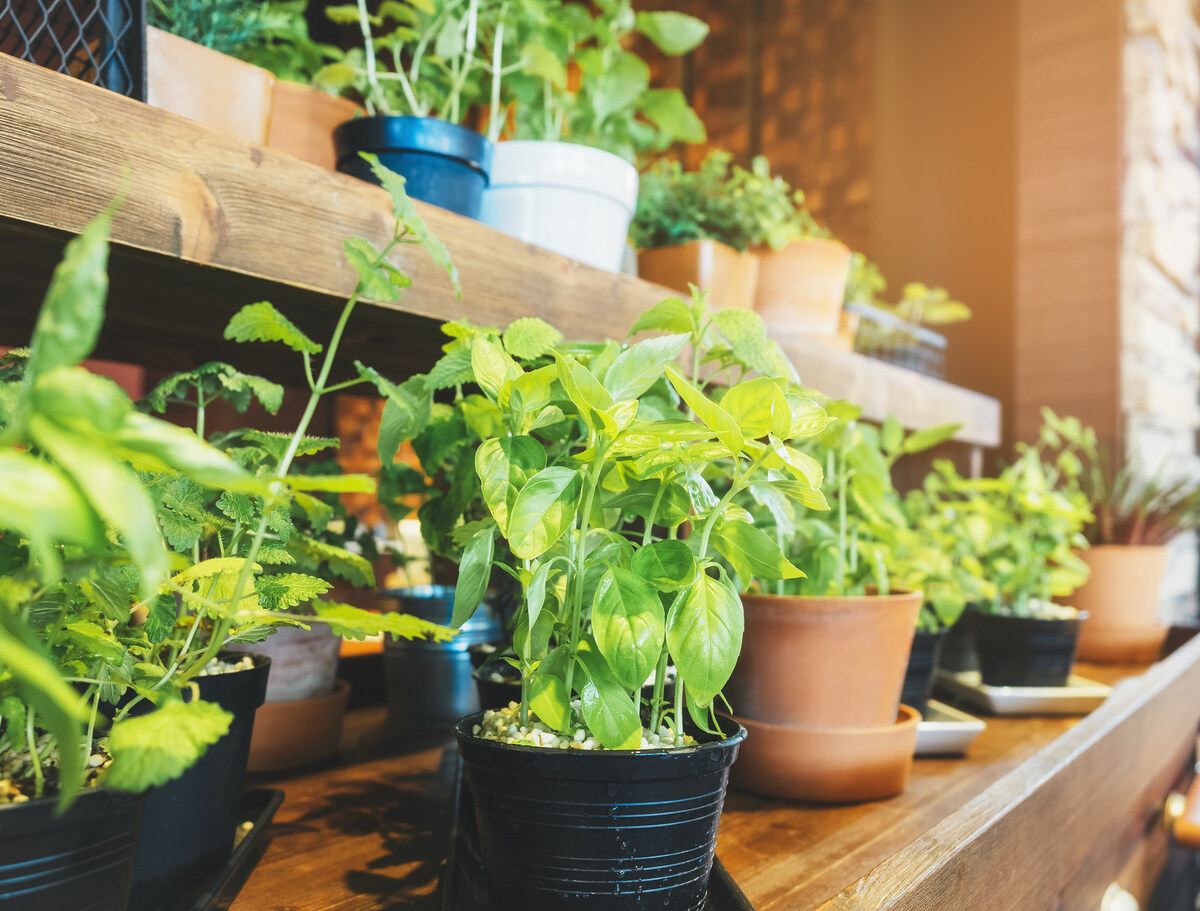

Garden Essentials
How To Make An Indoor Garden
Modified: January 19, 2024
Discover expert articles on how to create and maintain your own beautiful and thriving indoor garden. Transform your space into a green oasis with our helpful tips and tricks.
(Many of the links in this article redirect to a specific reviewed product. Your purchase of these products through affiliate links helps to generate commission for Storables.com, at no extra cost. Learn more)
Introduction
Welcome to the world of indoor gardening! Whether you live in a small apartment, have limited outdoor space, or simply want to bring the beauty of nature indoors, creating an indoor garden can bring joy, tranquility, and a touch of greenery to your living space. In this article, we will explore the ins and outs of indoor gardening, from choosing the right plants to troubleshooting common issues.
Indoor gardening has gained popularity in recent years as people seek to reconnect with nature and enjoy the benefits of having plants in their homes. Not only do indoor gardens add a decorative touch to any room, but they also provide a sense of calmness and improve air quality by reducing indoor pollutants.
Before you start your indoor garden, it’s important to understand the unique requirements of indoor plants. Unlike outdoor plants, indoor plants are often exposed to less sunlight, limited space, and controlled temperatures. However, with proper care and attention, you can create a thriving indoor garden that will bring life and beauty to your home.
In the following sections, we will delve into various aspects of indoor gardening, including the selection of plants, finding the perfect location, providing adequate lighting, watering and humidity levels, choosing the right containers, selecting the right soil mix, fertilizing your plants, controlling pests, pruning and trimming techniques, and troubleshooting common issues that may arise in your indoor garden.
Whether you’re an experienced gardener or a beginner, this guide will provide you with the essential knowledge and tips to create and maintain a lush and healthy indoor garden. So, roll up your sleeves, grab your gardening tools, and let’s dive into the world of indoor gardening!
Key Takeaways:
- Indoor gardening offers a multitude of benefits, including improved air quality, reduced stress, and a deeper connection with nature. Embrace the beauty and tranquility of your indoor garden as it enhances your living space and well-being.
- Successful indoor gardening requires attention to plant selection, lighting, watering, and pest control. Embrace the journey of nurturing your indoor garden, learning from challenges, and celebrating the rewards of a thriving green oasis in your home.
Read more: How To Make An Indoor Garden
Choosing the Right Plants
When it comes to indoor gardening, selecting the right plants is key to success. Not all plants thrive indoors, so it is important to choose species that are well-suited to the indoor environment. Here are some factors to consider when selecting plants for your indoor garden:
- Light Requirements: One of the most critical factors in indoor gardening is the amount of light your plants will receive. Some plants require direct sunlight, while others can tolerate low light conditions. Assess the light levels in your home and choose plants accordingly. For bright, sunny spots, consider plants like succulents, herbs, or tropical species. For lower light areas, opt for plants such as pothos, snake plants, or peace lilies.
- Space Availability: Indoor plants come in various sizes, so consider the amount of space you have available for your garden. If you have limited space, choose compact plants or varieties that can be trained to grow vertically, such as trailing ivy or climbing philodendrons. If space is not an issue, you can opt for larger plants like fiddle-leaf figs or palm trees to create a statement piece in your indoor garden.
- Watering Requirements: Different plants have different watering needs, so it is important to choose plants that align with your lifestyle and schedule. Some plants, such as succulents and cacti, prefer drier soil and can tolerate infrequent watering, while others, like ferns and tropical plants, require consistently moist soil. Consider your ability to provide regular watering and choose plants accordingly to ensure their health and longevity.
- Indoor Air Quality: Indoor plants have the unique ability to improve air quality by removing toxins and releasing oxygen. If you are looking to enhance the air quality in your home, consider plants known for their air-purifying properties, such as peace lilies, spider plants, or Boston ferns.
- Aesthetics and Personal Preference: Beyond the practical considerations, choose plants that you find visually appealing and that align with your personal preferences. Do you prefer plants with colorful flowers, interesting foliage, or unique textures? Consider your aesthetic preferences and choose plants that will bring joy and beauty to your indoor space.
When selecting plants for your indoor garden, it is important to consider these factors to ensure the best chance of success. Research each plant’s specific requirements and assess whether they align with your available resources and preferences. By choosing the right plants, you can create an indoor garden that will thrive and bring natural beauty to your home.
Selecting the Perfect Location
The location you choose for your indoor garden plays a critical role in the overall health and growth of your plants. Here are some factors to consider when selecting the perfect location for your indoor garden:
- Light Levels: Adequate light is essential for plant growth. Assess the natural light available in different areas of your home to determine the best location for your plants. South-facing or east-facing windows usually provide the most sunlight, while north-facing or west-facing windows may have less direct light. Consider the light requirements of your chosen plants and place them accordingly to ensure they receive the appropriate amount of light.
- Temperature and Humidity: Most indoor plants prefer temperatures between 60°F and 75°F (15°C to 24°C). Avoid placing your plants in areas that experience extreme temperature fluctuations or are exposed to drafts, as this can stress the plants. Additionally, indoor plants thrive in moderate humidity levels, typically between 40% and 60%. Consider the humidity levels in different areas of your home and choose a location that provides a suitable environment for your plants.
- Air Circulation: Proper air circulation is important for preventing the buildup of stagnant air and reducing the risk of fungal diseases. Avoid placing your indoor garden in areas with poor air circulation, such as corners or enclosed spaces. If necessary, use fans to improve air movement and ensure proper ventilation around your plants.
- Access and Visibility: Consider how accessible and visible your indoor garden will be in the chosen location. You will need to regularly check and tend to your plants, so placing them in a convenient spot will make maintenance tasks easier. Additionally, if you want to showcase your indoor garden as a decorative element, choose a location that allows your plants to be seen and appreciated by yourself and visitors.
- Potential Hazards: Take note of any potential hazards in the chosen location, such as pet access, tripping hazards, or exposure to chemicals. Ensure that the area is safe for both your plants and your household members or pets.
It may take some trial and error to find the perfect location for your indoor garden. Observe how your plants respond to different areas of your home and make adjustments as needed. Remember to periodically rotate your plants to provide even light exposure and prevent them from leaning towards a light source.
Selecting the perfect location for your indoor garden is crucial for the overall health and vitality of your plants. By considering factors such as light levels, temperature and humidity, air circulation, access and visibility, and potential hazards, you can create an optimal environment for your indoor garden to thrive.
Providing Adequate Lighting
Indoor plants rely on light for photosynthesis, the process by which they convert light energy into chemical energy to fuel their growth. Since natural light in indoor settings may be limited, it is important to provide adequate lighting for your plants. Here are some tips to ensure your indoor garden receives the necessary light:
- Natural Light: Whenever possible, place your plants near windows to take advantage of natural sunlight. South-facing windows generally receive the most intense light, while east and west-facing windows provide moderate light. North-facing windows tend to have lower light levels. Observe your plants closely and rotate them regularly to ensure even light exposure, as some plants may lean towards the light source.
- Supplemental Lighting: If natural light is insufficient or not easily accessible, you can supplement it with artificial lighting. LED grow lights are excellent options for indoor gardening as they are energy-efficient, emit little heat, and provide the full spectrum of light that plants need for photosynthesis. Position the lights according to the specific light requirements of your plants, keeping them at an appropriate distance to prevent burning or stressing the foliage.
- Light Duration: Most indoor plants require about 12 to 16 hours of light exposure per day. Ensure that your plants are receiving the appropriate amount of light by using timers to regulate the duration of artificial lighting. This simulates natural daylight cycles and ensures that your plants get the right amount of light for their growth and development.
- Light Intensity: Different plants have varying light intensity requirements. High-light plants such as succulents and cacti thrive with direct sunlight or bright artificial light. Moderate-light plants like pothos or snake plants can tolerate lower light levels but still require a sufficient amount for healthy growth. Low-light plants, such as ferns or peace lilies, can thrive in areas with minimal light. Consult plant care guidelines or do some research to determine the specific light intensity needs of your chosen plants.
- Light Distance: When using artificial lighting, ensure that the light source is positioned at the appropriate distance from the plants. This distance will vary depending on the type of light and the specific needs of the plants. Generally, LED grow lights should be placed about 6-12 inches above the plants for optimal light absorption without causing heat damage.
Remember, light is essential for photosynthesis, but too little or too much light can harm your plants. Monitor their response to the light provided and adjust accordingly. Signs of inadequate light include leggy or elongated growth, pale or yellowing leaves, and minimal flowering. Signs of excess light exposure may include burned or scorched leaves.
By ensuring your indoor garden receives adequate lighting, either through natural sunlight or artificial lighting, you can provide your plants with the energy they need to thrive. Regular observation and adjustments will help you maintain the optimal light conditions for your indoor garden’s success.
Watering and Humidity Levels
Proper watering and humidity levels are essential for the health and well-being of your indoor plants. Here are some guidelines to help you maintain optimal water and humidity levels in your indoor garden:
- Watering:
- Each plant has different water requirements, so it is important to research and understand the specific needs of your plants.
- Before watering, check the moisture level of the soil by sticking your finger about an inch deep into the soil. If it feels dry, it’s time to water. If it’s still moist, hold off on watering to avoid overwatering.
- Water your plants thoroughly, allowing water to flow through the drainage holes of the pots, ensuring that the entire root system is adequately hydrated. Avoid leaving your plants sitting in standing water, as this can lead to root rot.
- Establish a watering schedule based on your plants’ needs and the environment. Factors such as temperature, humidity, and the size and type of plant will affect how frequently you should water. Monitor your plants regularly and adjust the watering frequency as needed.
- Use room temperature water, as cold water can shock the plants and hot water may damage the roots. If possible, let tap water sit for a day to allow chlorine and fluoride to dissipate.
- Humidity:
- Most indoor plants thrive in moderate humidity levels, typically between 40% and 60%. However, some plants, like tropical species, may prefer higher humidity.
- If the air in your home is dry, especially during winter months or in rooms with air conditioning or heating, you can increase humidity levels by using a humidifier, placing a tray of water near the plants, or grouping plants together to create a microclimate with higher humidity.
- Avoid placing plants near drafts or heating vents, as these can dry out the air and lead to low humidity levels.
- You can also mist your plants regularly with a fine spray of water to increase humidity. Be sure to avoid misting fuzzy-leaved plants, as it can encourage fungal growth.
Proper watering and humidity levels are crucial for the health of your indoor plants. Overwatering can lead to root rot, while underwatering can cause stress and damage to the plants. Similarly, maintaining appropriate humidity levels helps prevent the development of dry or wilted leaves.
Remember to observe your plants closely and adjust watering and humidity practices as needed. Each plant is unique, so pay attention to any signs of distress or changes in the appearance of your plants. With time and experience, you’ll develop a watering and humidity routine that works best for your indoor garden.
Read more: How To Start An Indoor Garden For Beginners
Choosing the Right Containers
Choosing the right containers for your indoor plants is an important aspect of successful indoor gardening. The containers you select not only impact the aesthetics of your indoor garden but also play a crucial role in the overall health and proper growth of your plants. Here are some factors to consider when choosing the right containers:
- Size: The size of the container is essential for the healthy development of your plants. It should provide enough room for the plant’s root system to grow and expand. Consider the mature size of your plants and choose a container that is appropriately sized. A container that is too small can restrict root growth and lead to stunted plants, while a container that is too large can hold excess moisture, leading to root rot.
- Drainage: Proper drainage is critical to prevent water from accumulating in the container and causing root rot. Choose containers with drainage holes at the bottom to allow excess water to escape. If you love a particular container that lacks drainage holes, you can use a drill to create them, ensuring that water can freely flow out of the container.
- Material: Containers come in a variety of materials, including clay, ceramic, plastic, and metal. Each material has its pros and cons. Clay pots are porous and allow for good airflow and drainage but can dry out quickly. Plastic pots are lightweight, affordable, and retain moisture well but may not provide as much breathability. Choose a material that suits your plant’s needs, your personal preferences, and the aesthetic you want to achieve for your indoor garden.
- Style and Design: Consider the style and design of the containers to complement your indoor space. You can choose containers that match the overall theme or décor of the room or opt for a mix of different styles to create visual interest. Consider the shape, color, and texture of the containers to enhance the aesthetic appeal of your indoor garden.
- Accessibility: Make sure the container is easily accessible for maintenance tasks such as watering, pruning, and repotting. Opt for containers with wide openings or removable parts that allow easy access to the plant and soil.
- Grouping Plants: You can also consider grouping plants together in larger containers or planters. This not only creates an attractive display but also helps create a microclimate with increased humidity around the plants.
Remember, choosing the right containers is essential for the overall health and success of your indoor garden. The containers should provide adequate space for root growth, have proper drainage, and match your aesthetic preferences. By considering these factors, you can ensure that your plants have a comfortable and suitable home in which to thrive.
Selecting the Right Soil Mix
The soil mix you choose for your indoor plants is crucial for their overall health and growth. Unlike outdoor gardening, where plants can benefit from the natural composition of soil, indoor plants rely on the soil mix you provide them. Here are some factors to consider when selecting the right soil mix:
- Drainage: Good drainage is essential to prevent water from accumulating and causing root rot. A well-draining soil mix allows excess water to flow through the container’s drainage holes, ensuring that the plant’s roots don’t become waterlogged. Look for soil mixes specifically labeled as “well-draining.”
- Aeration: Indoor plants need oxygen to their roots for healthy growth. A soil mix that provides adequate aeration helps the roots access the oxygen they need. Look for soil mixes that contain materials like perlite, vermiculite, or pumice, which help provide good air circulation in the soil.
- Nutrient Retention: The soil mix should be able to retain enough nutrients to support the plant’s growth. Look for soil mixes enriched with organic matter, such as compost or peat moss, which can provide essential nutrients to the plants. Alternatively, you can incorporate slow-release fertilizers into the soil mix to ensure a steady supply of nutrients over time.
- pH Balance: Different plants have different pH preferences. Some plants prefer slightly acidic soil, while others thrive in slightly alkaline conditions. Research your plant’s specific pH requirements and choose a soil mix that aligns with those needs. You can adjust the pH level of the soil mix if necessary by adding organic materials like compost or using pH-adjusting fertilizers.
- Soil Texture: The texture of the soil mix impacts its water-holding capacity and drainage. A mix that retains too much water can lead to root rot, while one that drains too quickly can lead to dry soil. Aim for a soil mix with a balanced texture that holds moisture without becoming waterlogged. Avoid dense, compacted soil that can hinder root growth.
- Pre-packaged vs. DIY Mix: You can choose to purchase pre-packaged soil mixes that are specifically formulated for indoor plants. These mixes usually have a balanced composition and are easy to use. Alternatively, you can create your own soil mix by combining components like peat moss, perlite, vermiculite, and compost in the desired ratios. This allows for greater customization and control over the soil mix.
Each plant has its own soil requirements, so it’s important to research the specific needs of your chosen plants. Some plants, like succulents, thrive in well-draining, sandy soil, while others, like tropical plants, prefer a more moisture-retentive mix. Consider the natural habitat of your plants and try to replicate those conditions as closely as possible.
Experimentation and observation are key when it comes to finding the right soil mix for your indoor plants. Monitor how your plants respond to different soil mixes, adjusting as necessary to ensure their health and vitality. With the right soil mix, you can provide your indoor plants with a nourishing foundation for growth and overall success.
When making an indoor garden, choose plants that thrive in low light conditions, such as pothos, snake plants, and peace lilies. This will ensure your garden flourishes in indoor environments.
Fertilizing Your Indoor Garden
Fertilizing is an essential practice in maintaining the health and vigor of your indoor plants. While soil provides some nutrients, it is typically not sufficient to sustain optimal growth over time. Fertilizers provide additional nutrients that plants need to thrive. Here are some guidelines for fertilizing your indoor garden:
- Choosing the Right Fertilizer:
- There are different types of fertilizers available, including granular, liquid, and slow-release options. Choose a fertilizer that matches the specific needs of your indoor plants.
- Look for a balanced fertilizer containing a mix of macro and micronutrients. The three primary macronutrients are nitrogen (N), phosphorus (P), and potassium (K), represented as the N-P-K ratio on the fertilizer label.
- For most indoor plants, a balanced fertilizer with an equal N-P-K ratio (e.g., 10-10-10 or 20-20-20) is suitable. However, some plants may have unique nutrient requirements, so it’s important to research the specific needs of your plants.
- Applying Fertilizer:
- Follow the instructions on the fertilizer packaging for the recommended frequency and amount to apply. Over-fertilization can lead to salt buildup in the soil, which can harm roots.
- Apply fertilizer when the plants are actively growing, typically during the spring and summer months. Reduce or stop fertilizing during the dormant period, usually in the fall and winter.
- Water your plants thoroughly before applying fertilizer to prevent fertilizer burn or damage to the roots.
- For granular fertilizers, scatter the recommended amount evenly on the soil surface, avoiding contact with the plant’s foliage. Gently mix the fertilizer into the top layer of soil.
- For liquid fertilizers, dilute the fertilizer according to the instructions, and apply it to the soil around the base of the plants. Avoid splashing or over-saturating the leaves.
- Consider using a fertilizer applicator or a measuring spoon to ensure accurate and consistent application.
- Maintaining Balance:
- Monitor your plants for signs of nutrient deficiencies or excesses, such as yellowing leaves, stunted growth, or leaf burn. Adjust your fertilization routine accordingly to achieve a healthy balance.
- Avoid applying more fertilizer than recommended, as excess nutrients can damage plants and contribute to environmental pollution when they leach into water sources.
- Regularly flush the soil with plain water to remove any built-up salts or excess nutrients.
Remember that the frequency and amount of fertilizer needed may vary depending on factors such as plant species, growth rate, pot size, and environmental conditions. Regularly observe your plants and adjust your fertilization routine based on their specific needs.
Fertilizing your indoor garden provides the necessary nutrients to support healthy growth and vibrant foliage. By choosing the right fertilizer, applying it properly, and maintaining a nutrient balance, you can ensure that your indoor plants thrive and flourish.
Pest Control in Indoor Gardens
While indoor gardens are generally less prone to pest infestations compared to outdoor gardens, pests can still find their way into your indoor space. It’s important to be vigilant and take preventive measures to keep your indoor plants healthy and pest-free. Here are some tips for pest control in indoor gardens:
- Regular Inspections:
- Regularly inspect your plants for any signs of pest activity, such as chewed leaves, yellowing foliage, webbing, or small insects crawling on the leaves.
- Pay special attention to the undersides of leaves, where many pests like to hide and lay their eggs.
- Isolate Infected Plants:
- If you notice any signs of pest infestation, isolate the affected plants from the rest of your indoor garden to prevent the infestation from spreading.
- Check neighboring plants for signs of pests and treat them as necessary to eliminate any potential source of infestation.
- Manual Removal:
- If you spot a few pests on your plants, you can try manually removing them with your hands or using a soft cloth or paper towel.
- For larger pests like slugs or snails, you can set up traps or physically remove them from the vicinity of your plants.
- Organic Pest Control:
- For minor pest infestations, you can try using organic pest control methods such as insecticidal soaps or neem oil.
- Follow the instructions on the product label and apply the organic pest control solution directly to the affected areas of the plant, ensuring to cover both sides of the leaves thoroughly.
- Repeat the treatment as needed, typically weekly or bi-weekly, until the infestation is under control.
- Biological Controls:
- Introducing beneficial insects like ladybugs, lacewings, or predatory mites can help control pest populations in your indoor garden.
- Research the specific pests you’re dealing with to identify the appropriate beneficial insects to introduce and follow the instructions for proper release and maintenance.
- Cultural Practices:
- Maintain good plant hygiene by removing dead leaves, fallen debris, and other organic matter that can attract pests.
- Avoid overwatering your plants as excess moisture can create a conducive environment for pests such as fungus gnats.
- Ensure proper airflow and ventilation around your plants to discourage pest infestations.
Prevention is key when it comes to pest control in indoor gardens. Regularly inspecting your plants, practicing good hygiene, and taking appropriate preventive measures will help keep pests at bay. Should you encounter a pest problem, prompt action and the use of organic or biological control methods can effectively address the infestation while minimizing the use of harsh chemicals.
Remember to always carefully read and follow the instructions on any pest control products to ensure their safe and effective use. With proper pest control practices, you can enjoy a healthy and thriving indoor garden.
Read more: How To Start An Indoor Garden
Pruning and Trimming Techniques
Pruning and trimming are essential techniques to maintain the shape, health, and overall appearance of your indoor plants. Regular pruning helps promote new growth, remove diseased or damaged parts, and improve air circulation. Here are some techniques for effective pruning and trimming in your indoor garden:
- Tools:
- Invest in a sharp pair of pruning shears or scissors specifically designed for plant trimming. Clean and sanitize your tools before each use to prevent the spread of diseases.
- Deadheading:
- Deadheading refers to the removal of spent flowers or fading blooms. This promotes new flowering and redirects the plant’s energy towards new growth.
- Snip off the faded flowers just above a set of healthy leaves or a bud. Make the cut just above a leaf node to encourage new lateral growth.
- Thinning:
- Thinning involves removing selected stems or branches to reduce overcrowding and improve airflow within the plant.
- Identify branches or stems that are crossing each other, growing inwards, or impeding the overall shape of the plant.
- Trim back to a leaf node or junction where new growth can take place. Make clean, angled cuts to promote healing and minimize the risk of infection.
- Shaping and Training:
- If you wish to maintain a particular shape or form for your plant, you can use pruning to shape and train it.
- Gradually trim back unwanted growth to encourage branching in desired areas.
- Consider using stakes or trellises to support climbing or vining plants and guide their growth.
- Promptly Remove Diseased or Damaged Parts:
- If you notice any diseased or damaged parts on your plants, such as yellowing or wilted leaves, rotting stems, or signs of pests, promptly remove them.
- Make clean cuts well below the affected areas, ensuring that there is no residual damage or dead tissue left behind.
- Avoid Over-Pruning:
- Avoid excessive pruning, as it can stress the plant and inhibit its growth.
- Prune conservatively, focusing on removing only what is necessary to maintain the plant’s health and shape.
- Observe the natural growth patterns of your plants and aim to enhance their beauty by selectively trimming rather than drastically altering their form.
It’s important to note that different plants have different pruning requirements. Research the specific needs and growth habits of your indoor plants to determine the best pruning and trimming techniques. Pay attention to timing as well, as some plants respond better to pruning during particular seasons.
Regular pruning and trimming not only keep your indoor plants healthy and attractive, but they also stimulate new growth and help prevent the spread of diseases. By practicing these techniques, you can maintain the overall well-being and aesthetic appeal of your indoor garden.</p
Troubleshooting Common Issues
While indoor gardening can be a rewarding and fulfilling hobby, it’s not uncommon to encounter challenges along the way. Fortunately, many common issues can be addressed with proper troubleshooting techniques. Here are some tips for troubleshooting common problems in your indoor garden:
- Yellowing Leaves:
- Yellowing leaves are often a sign of overwatering, underwatering, nutrient deficiencies, or pest infestations.
- Assess the soil moisture, adjust your watering routine if necessary, and ensure proper drainage.
- Check for signs of pests and address any infestation promptly. Evaluate your fertilization practices and consider adjusting the nutrient levels if deficiencies are suspected.
- Fungus Gnats:
- Fungus gnats are small, flying insects often associated with overwatered soil.
- Allow the top layer of soil to dry out between waterings and promote good airflow in the vicinity of your plants.
- Consider using yellow sticky traps to capture adult gnats and applying a biological soil drench containing beneficial nematodes to target the larvae.
- Root Rot:
- Root rot occurs when the roots are consistently overwatered, leading to a lack of oxygen and the growth of harmful fungi.
- Ensure proper drainage and adjust your watering routine to avoid waterlogged soil.
- Consider repotting the affected plant into fresh, well-draining soil, trimming away any rotted roots.
- Wilting:
- Wilting can be caused by underwatering, overwatering, or high temperatures.
- Check the soil moisture and adjust your watering regimen as needed.
- Provide shade or adjust the temperature and humidity levels to create a more favorable environment for your plants.
- Leggy Growth:
- Leggy growth occurs when plants receive inadequate light, causing them to stretch out in search of more light.
- Adjust the placement of the plants to ensure they receive adequate light exposure. You may need to supplement with artificial lighting.
- Prune leggy stems to encourage bushier, more compact growth
- Leaf Browning or Burn:
- Browning or burn on the leaf edges can be a result of excessive light exposure or high levels of fertilizer salts.
- Move plants away from direct sunlight or reduce the intensity of artificial lighting.
- Flush the soil with water to remove excess salts or adjust your fertilization routine to avoid over-fertilization.
Remember that identifying and addressing the underlying cause of a problem is essential for effective troubleshooting. It’s crucial to regularly monitor your plants and respond promptly to any signs of distress or issues that arise.
In addition to the troubleshooting tips mentioned above, don’t hesitate to seek advice from local gardening experts, online forums, or even plant communities in your area. Learning from others’ experiences and sharing your own can contribute to a more successful indoor gardening journey.
With patience, observation, and a willingness to adapt, you can overcome common issues and create a thriving indoor garden that brings joy and beauty to your home.
Enjoying the Benefits of Your Indoor Garden
Creating and nurturing an indoor garden is a rewarding endeavor that brings numerous benefits to your life and living space. Here are some ways you can fully enjoy the benefits of your indoor garden:
- Health and Well-being:
- Indoor plants have been shown to improve air quality by removing toxins and increasing oxygen levels. Enjoy the fresh and clean air that your plants provide.
- Studies have also suggested that indoor gardening can reduce stress, boost mood, and promote a sense of calmness and well-being. Take a moment to relax and unwind in the presence of your indoor garden, appreciating the positive impact it has on your mental health.
- Beauty and Aesthetics:
- Indoor plants add a touch of natural beauty and enhance the aesthetics of any room. Take pleasure in the visual appeal and serenity that your indoor garden brings to your home.
- Experiment with different plant combinations, container styles, and arrangements to create an indoor garden that reflects your personal style and brings joy to your space.
- Connection with Nature:
- Indoor gardening allows you to connect with nature and bring a piece of the outdoors inside your home. Embrace the opportunity to nurture and care for living organisms, fostering a deeper connection with the natural world.
- Observe the growth and development of your plants, from seedlings to mature specimens, and appreciate the miracle of nature that unfolds before your eyes.
- Creative Expression:
- Indoor gardening provides a platform for creative expression. Arrange plants in unique ways, experiment with different colors and textures, and create your own plant display that represents your personality and style.
- Engage in DIY projects such as building terrariums or crafting plant accessories to further personalize your indoor garden.
- Learning and Growth:
- Indoor gardening offers continuous learning opportunities as you explore different plant species, expand your knowledge of their care requirements, and develop new skills along the way.
- Engage in ongoing research, join gardening communities, and share your experiences with fellow plant enthusiasts to foster personal growth and a deeper understanding of the natural world.
Take time each day to immerse yourself in the beauty and benefits of your indoor garden. Sit beside your plants, tend to their needs, and reflect on the positive impact they bring to your life.
Remember that gardening is a journey, and each day offers new opportunities for growth, learning, and enjoyment. Embrace the process, celebrate the small victories, and savor the many rewards that come with having an indoor garden in your home.
Conclusion
Congratulations on embarking on your indoor gardening journey! Creating and maintaining an indoor garden is a fulfilling and rewarding experience that brings numerous benefits to your life and living space. Throughout this article, we have explored various aspects of indoor gardening, from choosing the right plants to troubleshooting common issues. By following these guidelines and incorporating your creativity and personal touch, you can create a thriving and beautiful indoor garden.
Indoor gardening allows you to connect with nature, enhance the aesthetics of your home, and improve air quality. The plants you choose, the containers you select, and the care you provide all contribute to the success of your indoor garden. Remember to consider the specific needs of your plants, including light requirements, watering and humidity levels, and the appropriate soil mix.
Regularly inspect your plants, be aware of common issues, and take prompt action to address any problems that arise. Pruning and trimming techniques help maintain the health and appearance of your plants, while pest control ensures their well-being. Throughout the process, enjoy the beauty, benefits, and tranquility that your indoor garden provides.
Indoor gardening is a journey of continuous learning and growth. Engage with online communities, connect with fellow plant enthusiasts, and expand your knowledge to become an even better gardener. Experiment with different plant combinations, styles, and arrangements to express your creativity and personal style.
Maintaining an indoor garden requires time and dedication, but the rewards are well worth the effort. Take pleasure in the sense of accomplishment as you witness your plants flourish and thrive. Embrace the joy and tranquility that comes from being surrounded by nature and immerse yourself in the countless benefits that your indoor garden brings to your life.
So, dive in, get your hands in the soil, and watch as your indoor garden grows and flourishes. Enjoy the journey, embrace the challenges, and revel in the beauty that you have created. Happy gardening!
Frequently Asked Questions about How To Make An Indoor Garden
Was this page helpful?
At Storables.com, we guarantee accurate and reliable information. Our content, validated by Expert Board Contributors, is crafted following stringent Editorial Policies. We're committed to providing you with well-researched, expert-backed insights for all your informational needs.
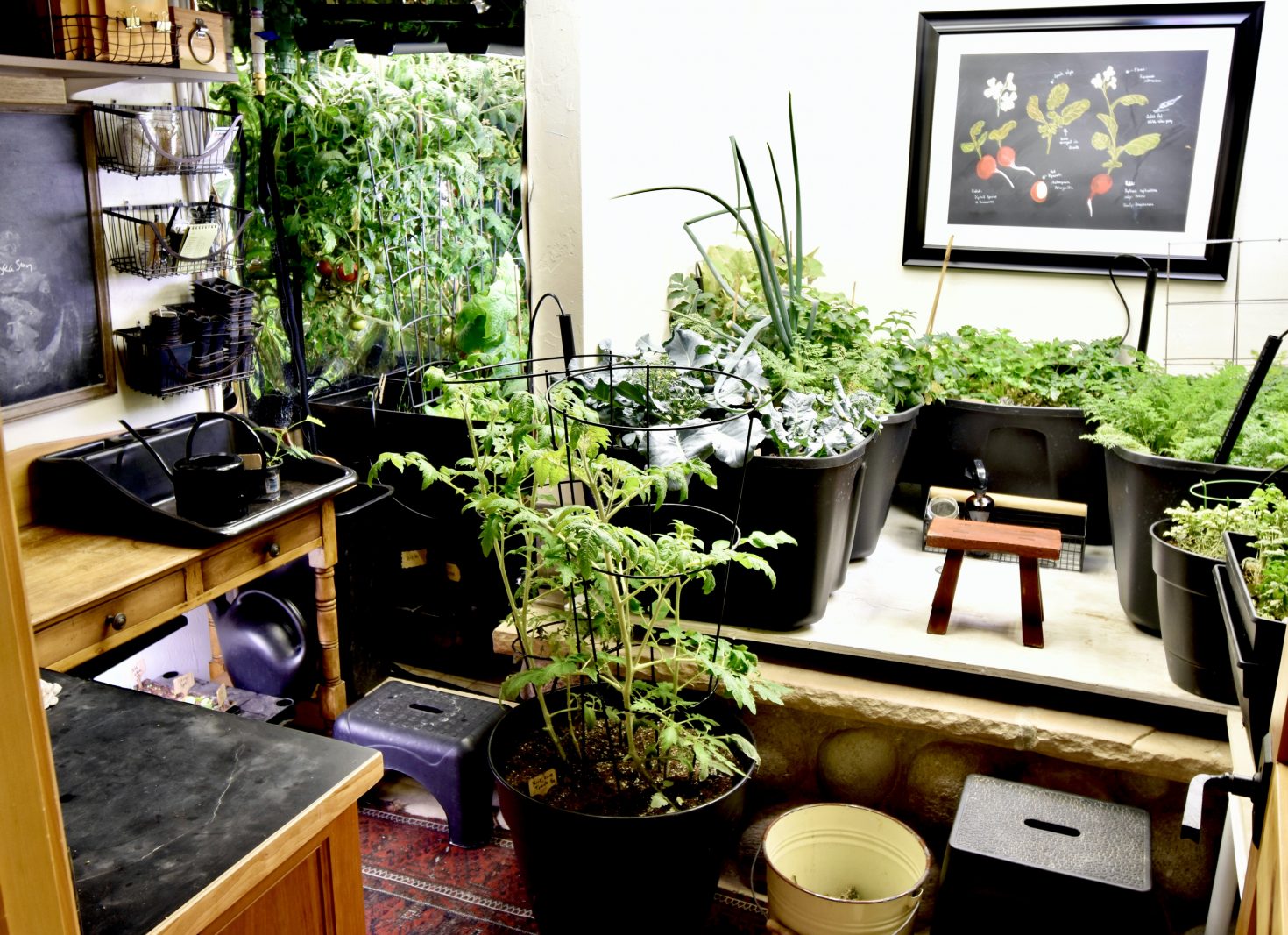
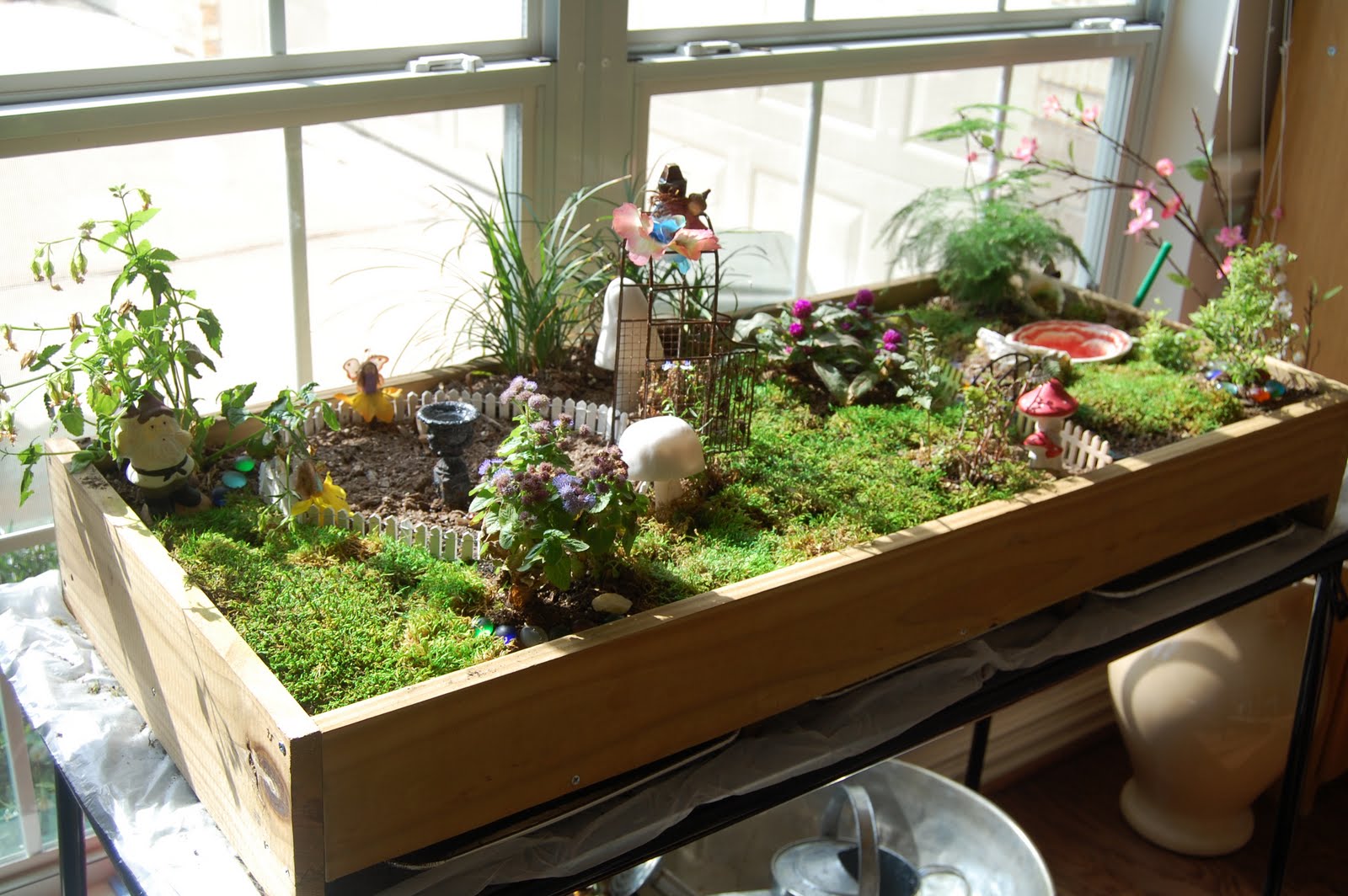
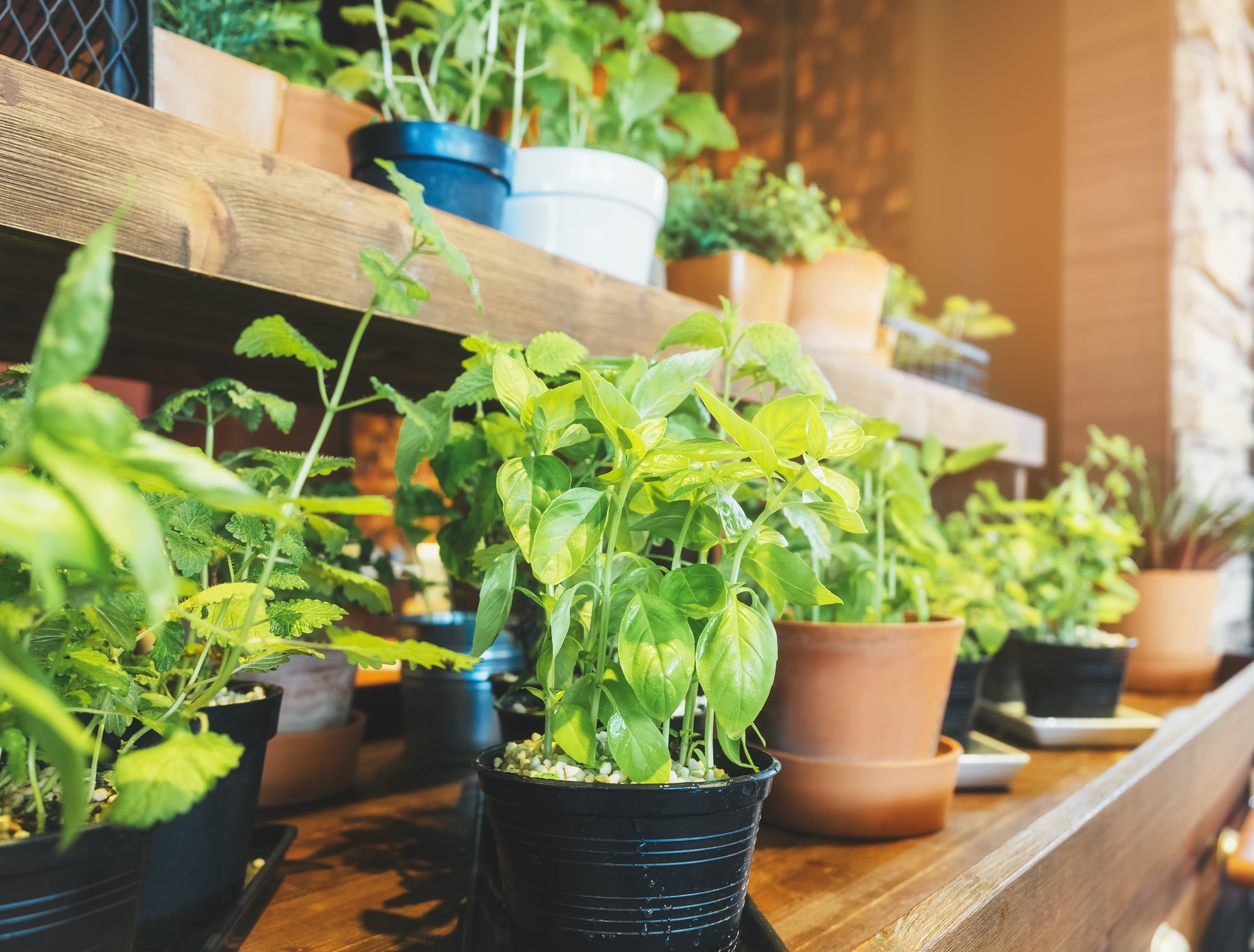
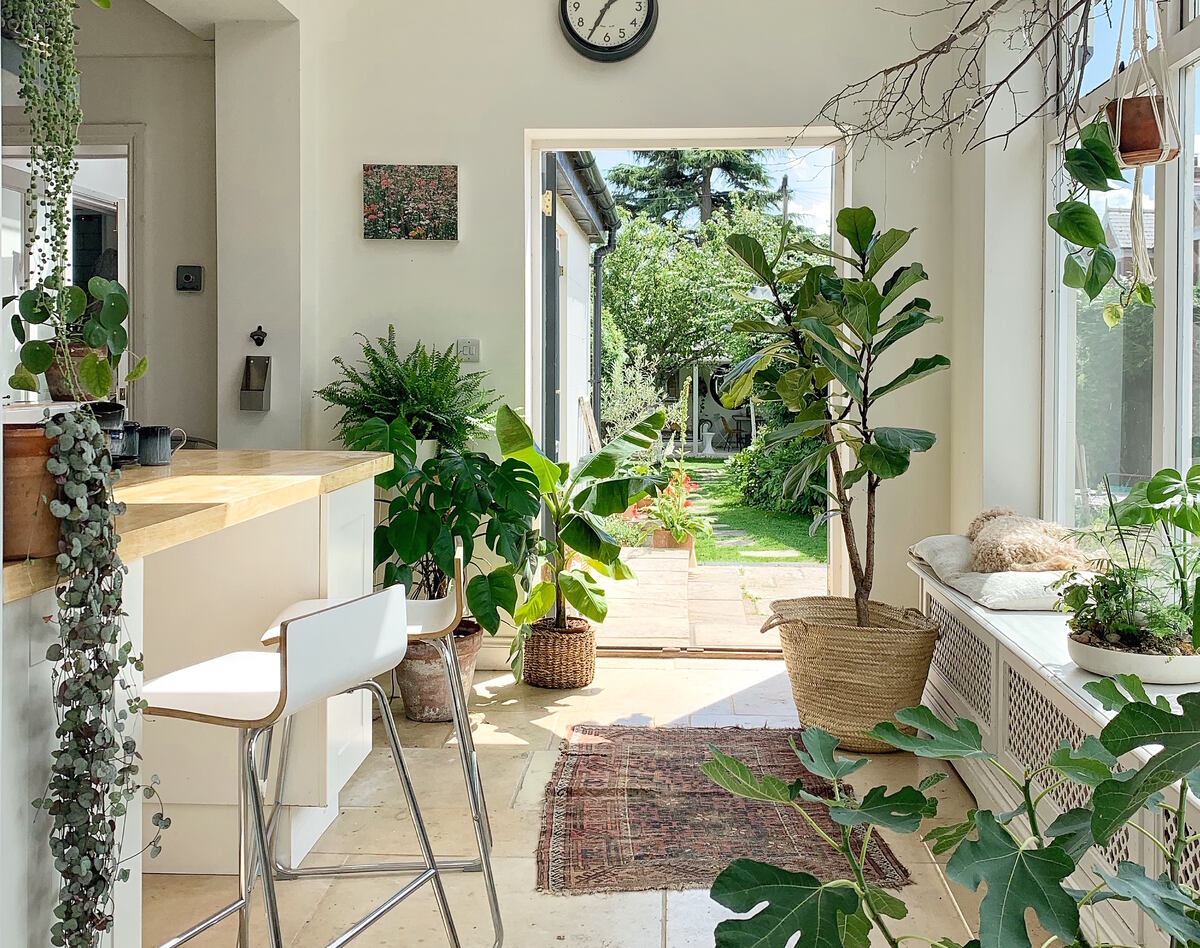
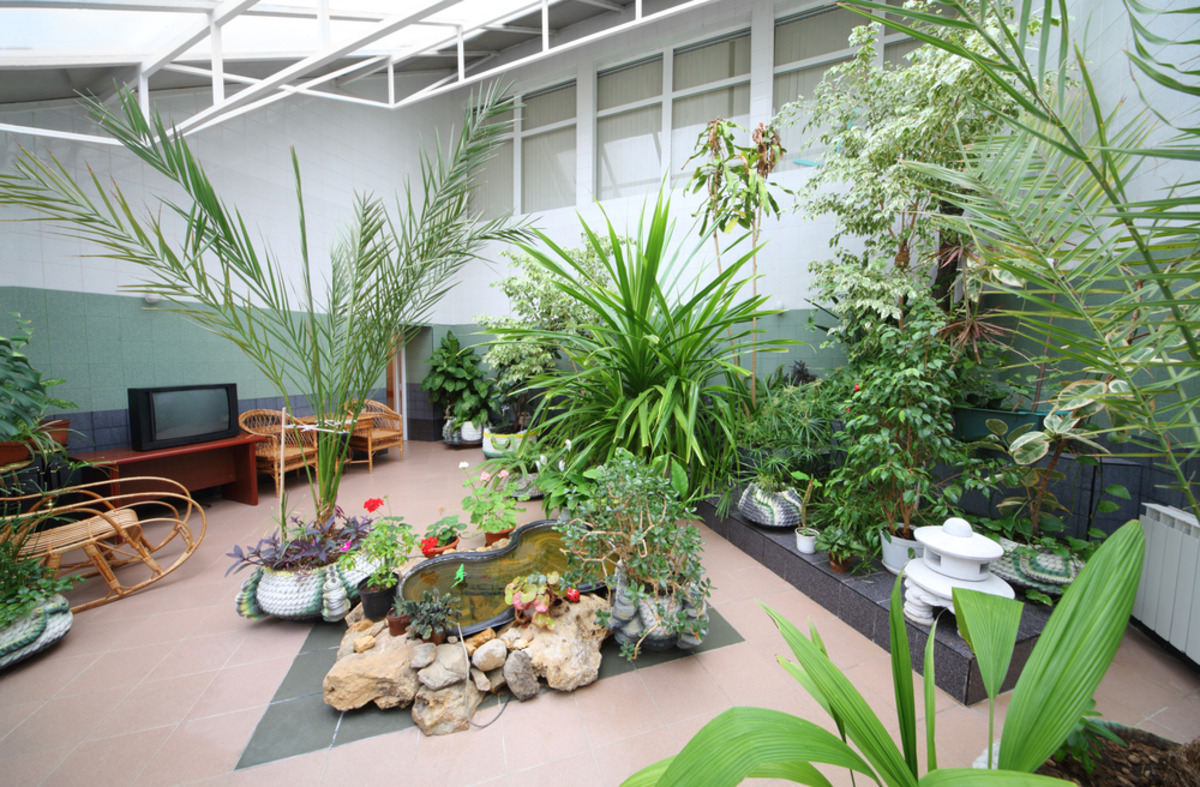
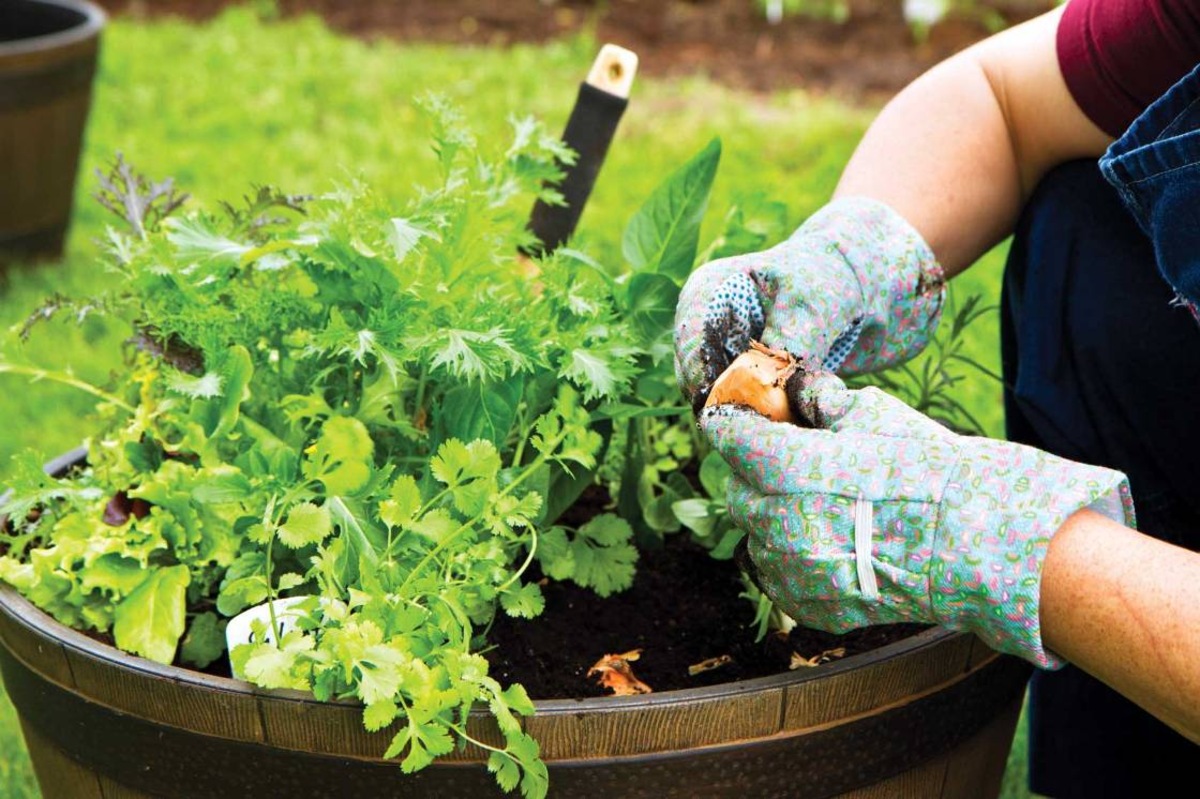
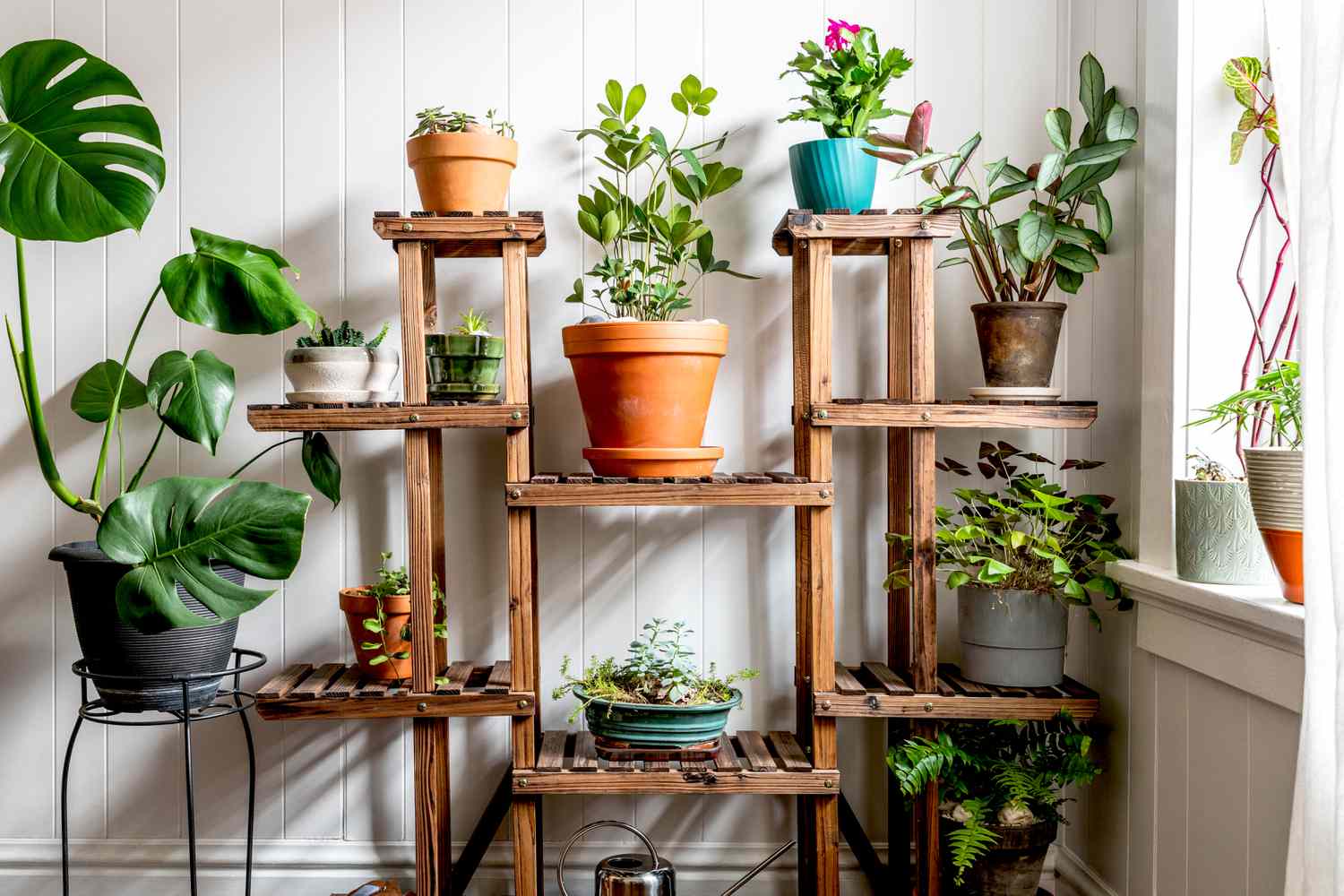
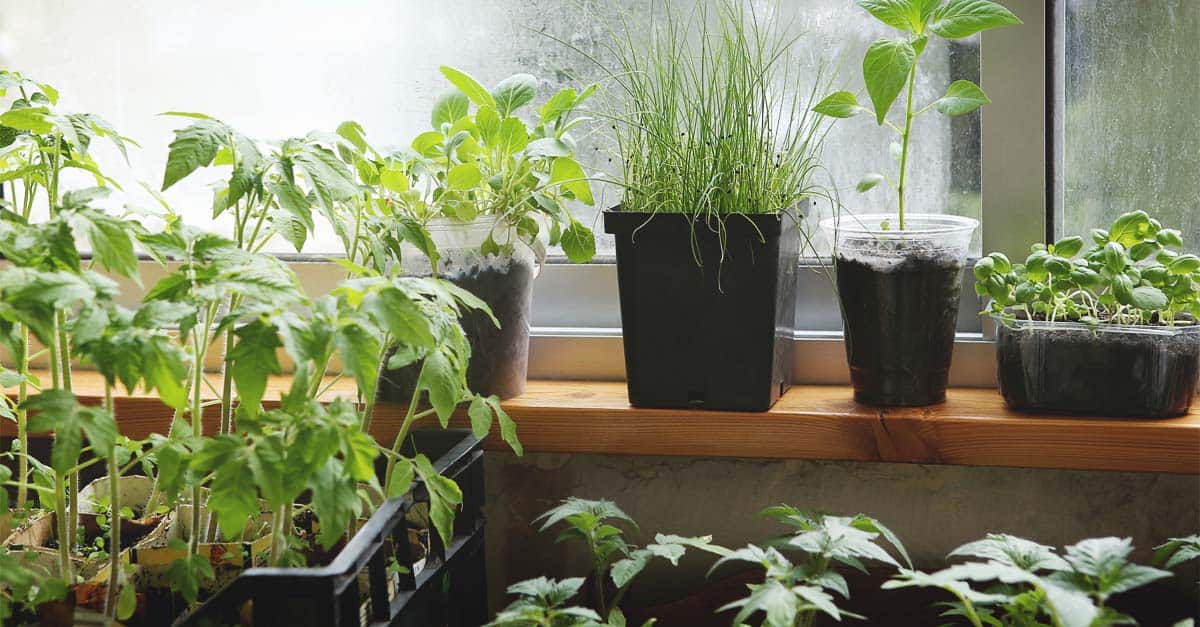
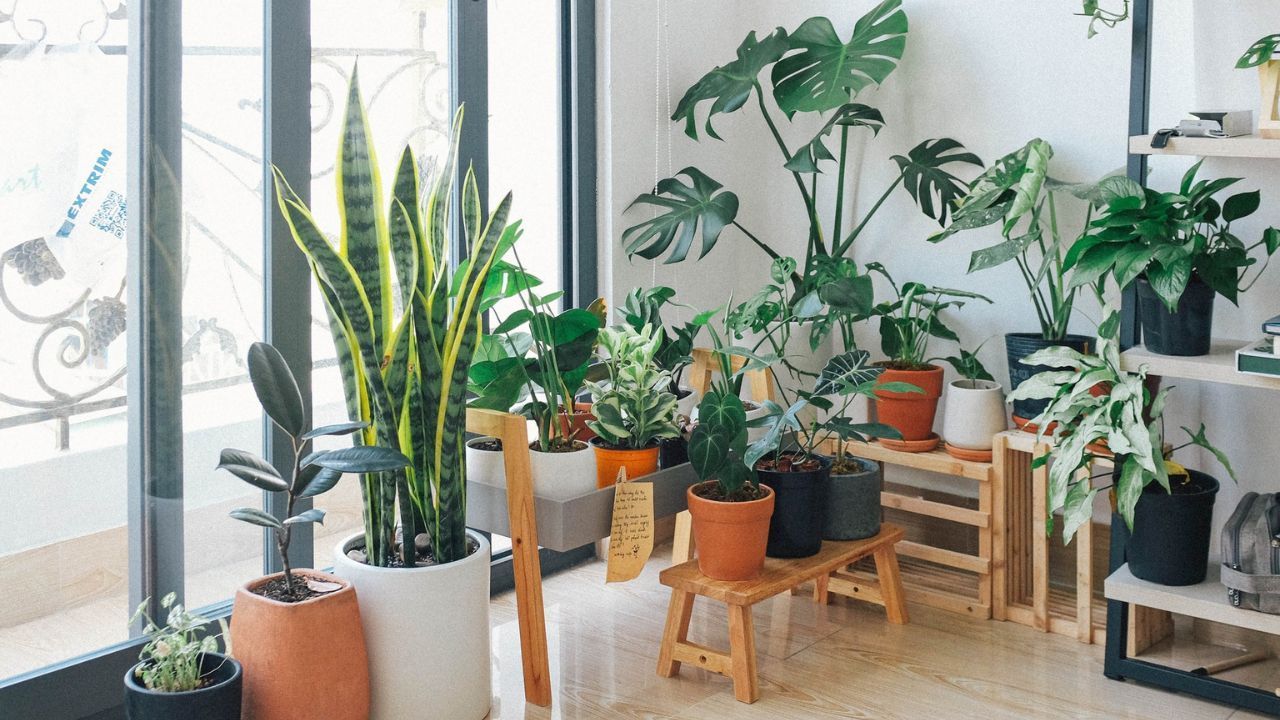
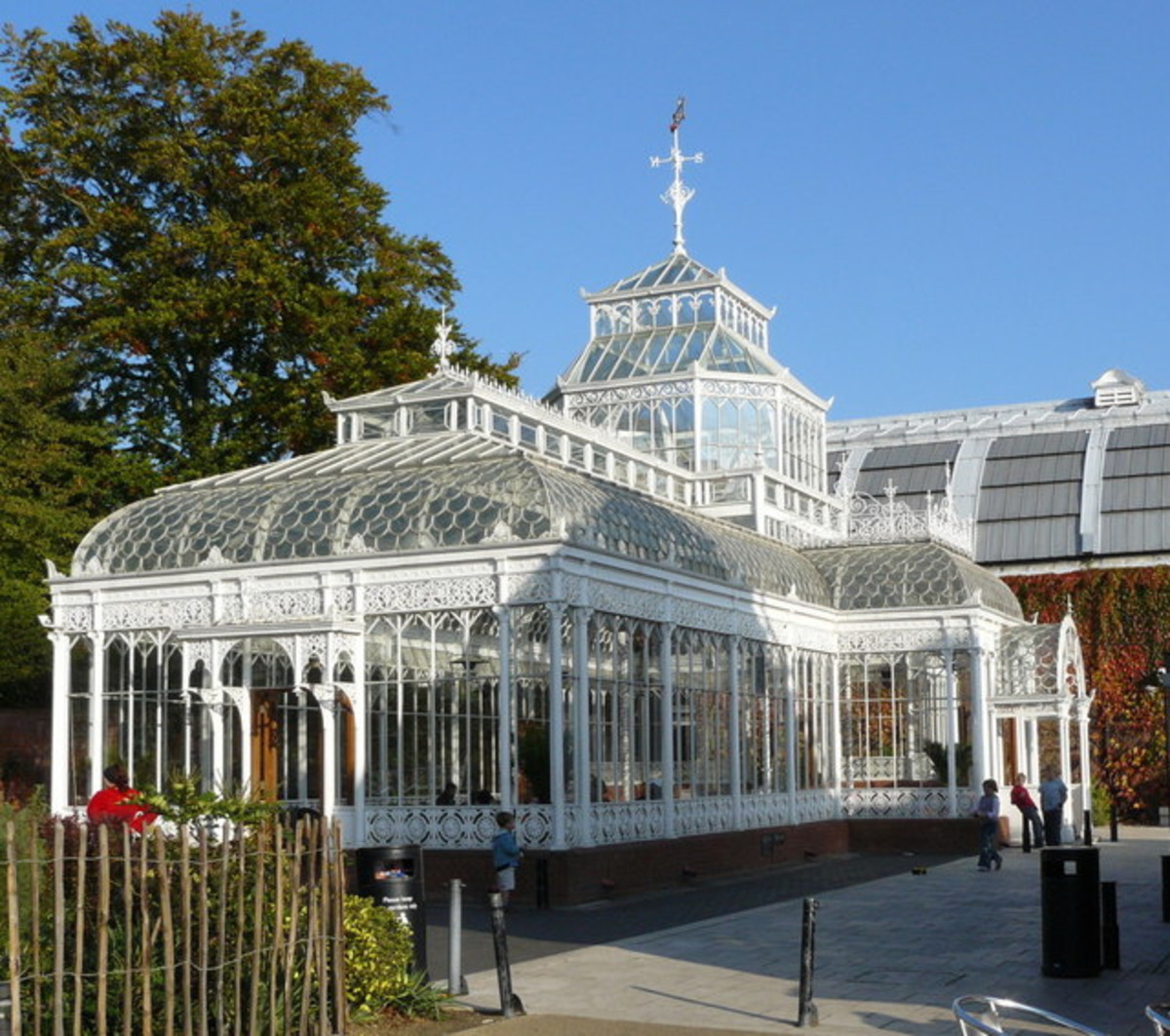
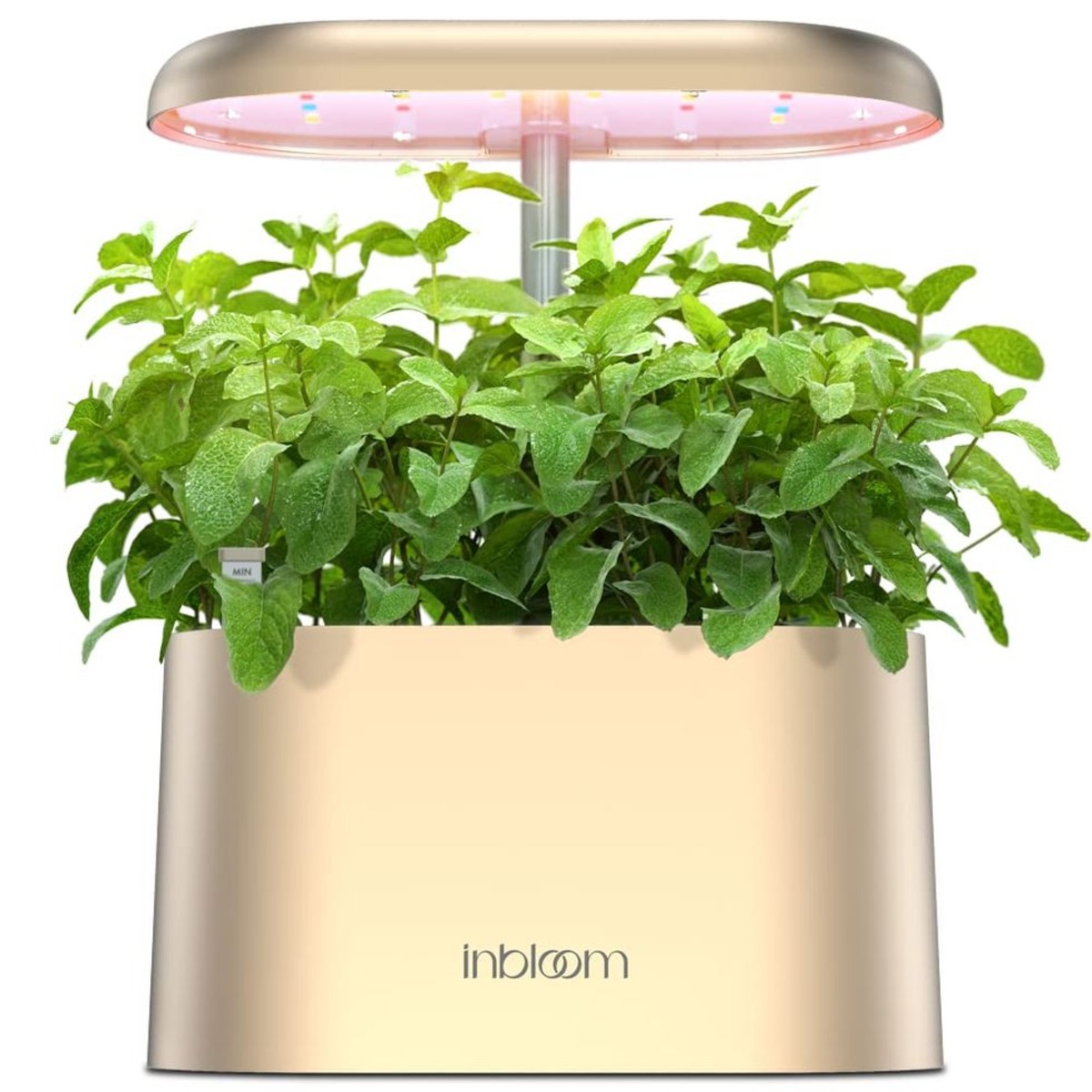
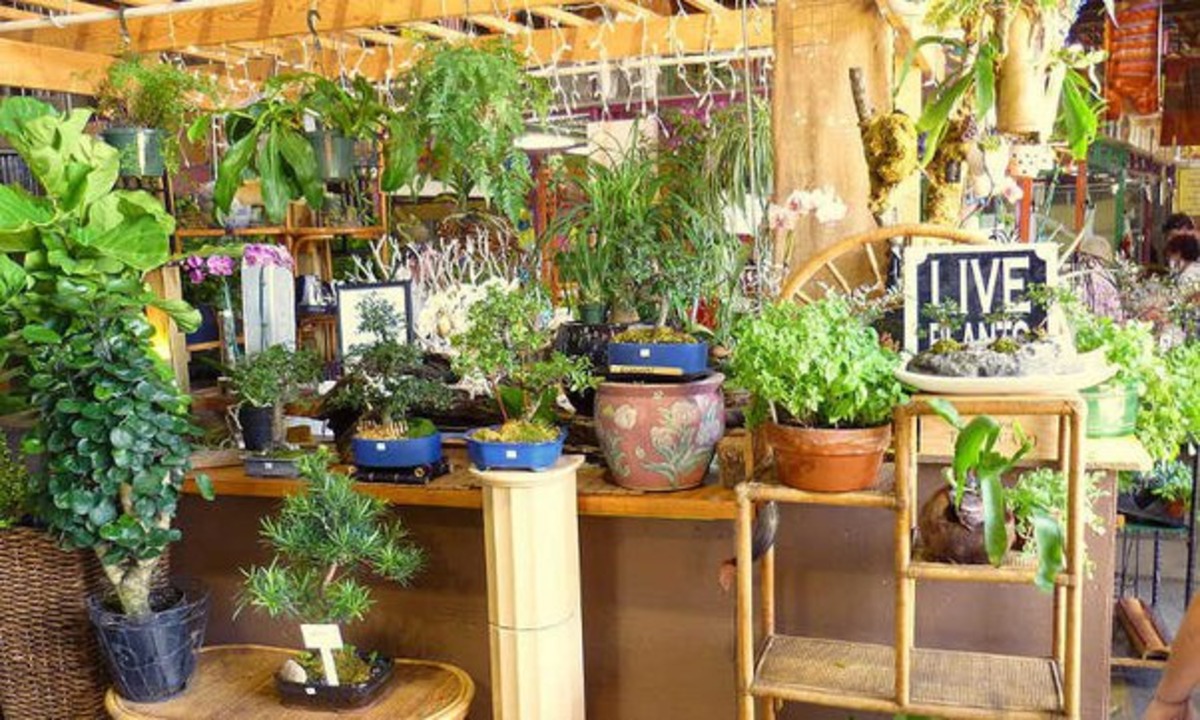
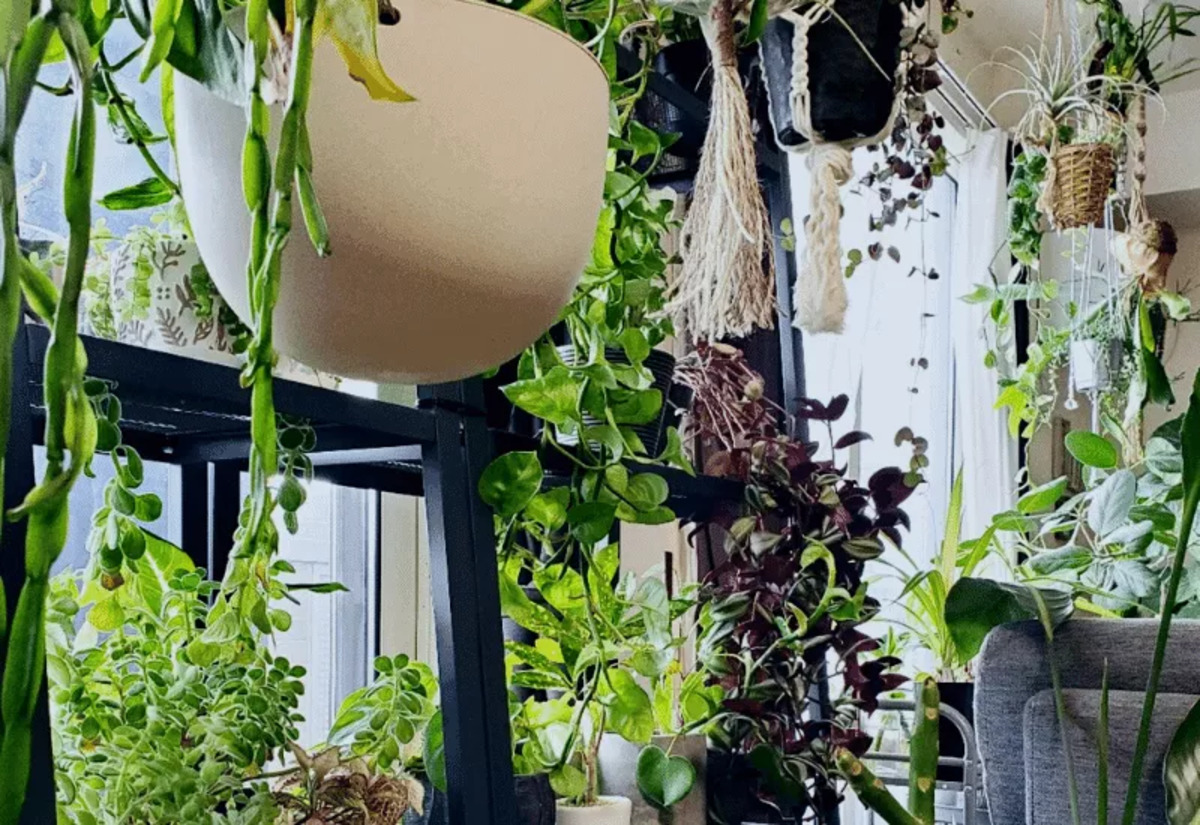

0 thoughts on “How To Make An Indoor Garden”